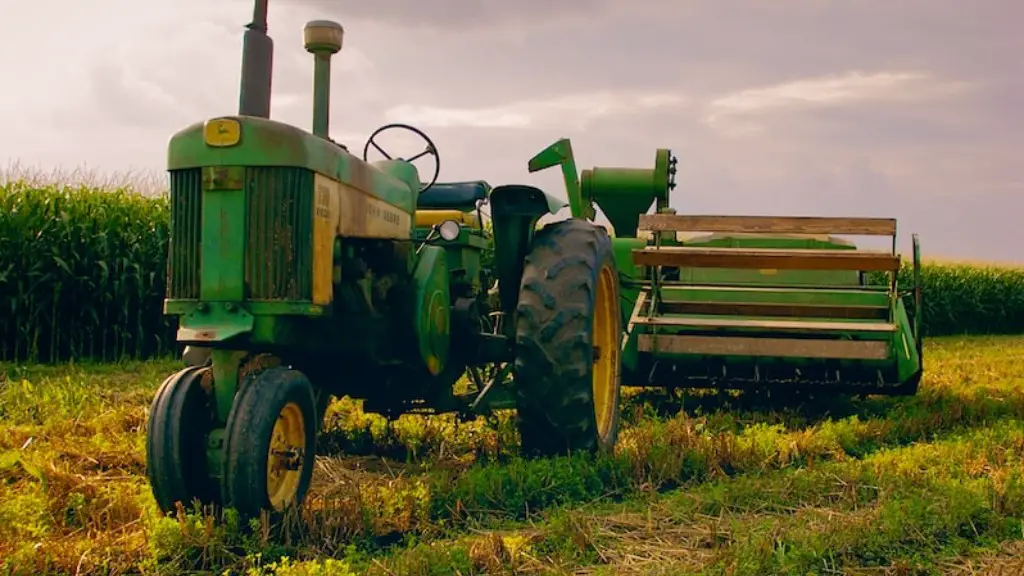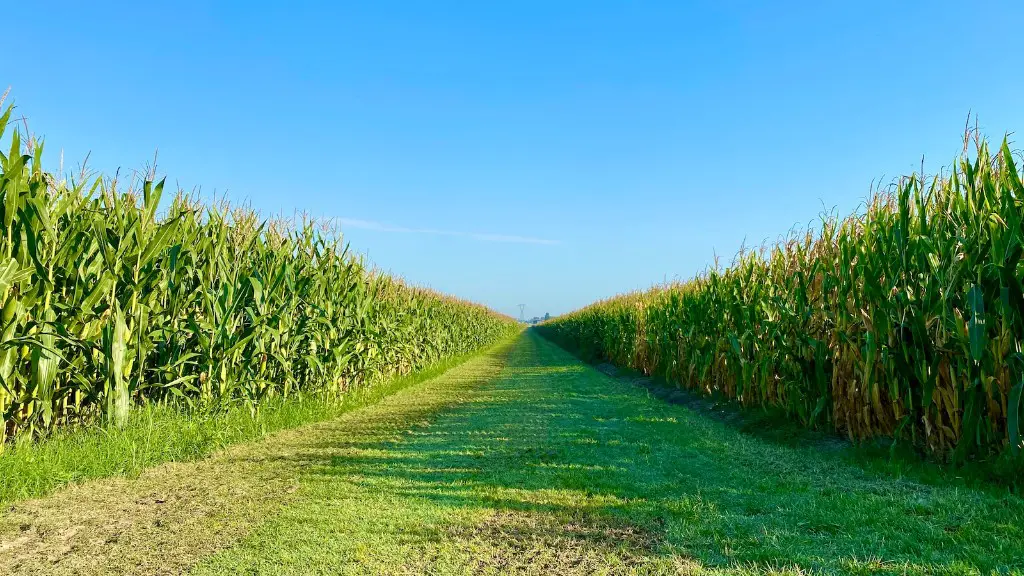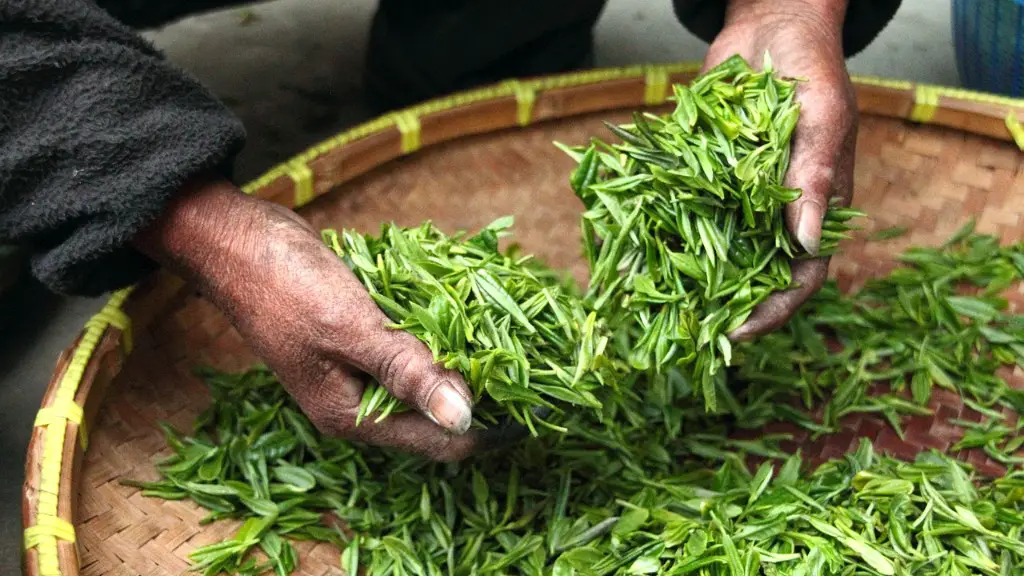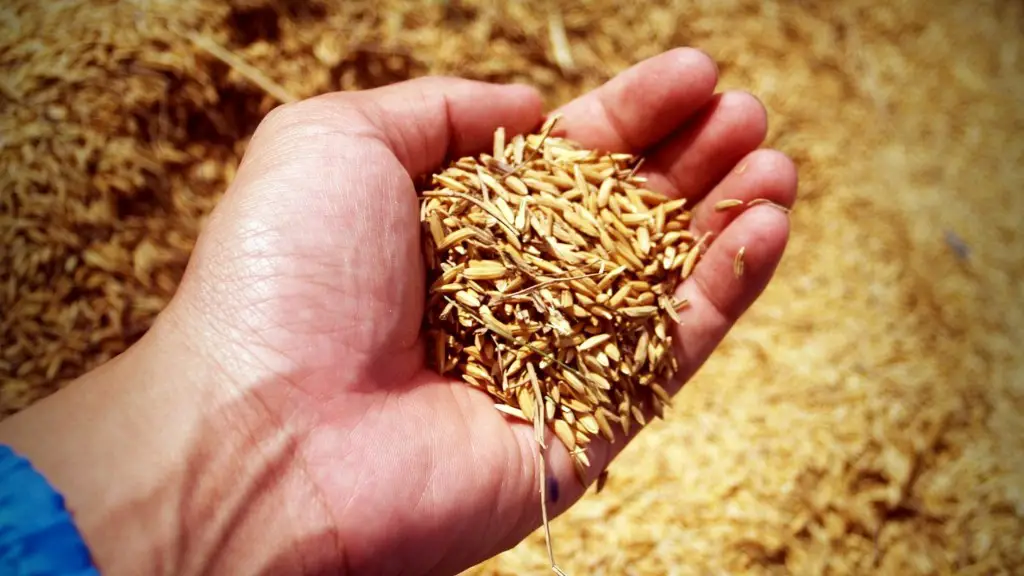Agriculture price is the average price of all agricultural products sold in the market. It is a key indicator of the overall health of the agricultural sector. The agriculture price index measures the change in prices of agricultural products over time.
The agriculture price is the amount of money that a farmer receives for their crops. This can be affected by many factors, such as the amount of rainfall, the time of year, and the type of crop.
What are agricultural price supports in economics?
Price supports are a type of government intervention that aim to keep prices stable or increase prices for a good or service. However, price supports can also cause overproduction by encouraging farmers to produce more than what the market demands. This is because farmers are able to sell their goods at a higher price than what they would be able to get in a free market. As a result, farmers apply more inputs per acre in order to increase their production. This can lead to competition for farmland, which drives up the price of land.
The Basic Info Agriculture Price Index measures the change in prices for agricultural goods and services. The index is based on a survey of farmers, ranchers, and other agricultural producers. The index covers a wide range of agricultural products, including livestock, dairy, grains, and fruits and vegetables. The index is used to measure inflation in the agricultural sector.
What are the characteristics of agricultural prices
Agricultural crops are subject to the vagaries of nature, which can lead to large swings in production from one year to the next. This seasonality of production can lead to fluctuations in prices, which can be difficult for farmers to manage. Additionally, the demand for agricultural products is derived from the demand for the products that they are used to produce, such as food, clothing, and biofuels. This means that changes in the demand for these final products can lead to changes in the demand for agricultural crops. Finally, the demand and supply functions for agricultural crops are generally quite inelastic, meaning that small changes in price can lead to large changes in quantity demanded or supplied. This can make it difficult to stabilize prices and can lead to large swings in prices over time.
Price floors are usually put in place by the government in an effort to help out farmers. By setting a minimum price that is above the equilibrium price, the government can help to ensure that farmers are able to sell their goods at a price that will cover their costs and allow them to make a profit. However, price floors can also lead to shortages, as the quantity of goods demanded will often exceed the quantity supplied at the artificially high price.
Which of the following is an example of an agricultural price?
A price floor is a minimum price that a good can be sold for. It is used by the government to prevent prices from being too low. A price floor must be higher than the equilibrium price in order for it to be effective. If the price floor is set too low, it will have no effect. Agricultural price supports are an example of a price floor.
The government’s price policy has a big impact on the agricultural sector. A negative price policy favours the non-agricultural sector at the expense of the agricultural sector, while a positive price policy favours the agricultural sector at the expense of the non-agricultural sector.
What is the cause of rise in agricultural prices?
Intra-year seasonal fluctuations refer to the changes in production and prices of agricultural products that occur throughout the year. These changes are due to the seasonal nature of production, perishability of products, the bulkiness of products, and the low bargaining power of farmer-sellers.
Agricultural markets are volatile because they are not very responsive to changes in price. This means that when the amount of output unexpectedly changes, a large price change is needed to restore market equilibrium. This can cause major fluctuations in the prices of agricultural goods.
What is the reason for low agricultural price
Agricultural institutions and infrastructure in India are underdeveloped, which leads to poor resource management and a lack of initiative. The development of a class of agricultural entrepreneurs is hindered by conditions of poverty, deprivation, and unequal distribution of land resources. These factors result in low productivity and incomes, and ultimately, contribute to rural poverty and deprivation.
There are a variety of factors that influence Agricultural Price Policy. Some of these include production costs, input price changes, price parity between inputs and outputs, market price trends, price parity between crops, general price level effects, cost of living effects, etc. All of these factors must be taken into account when making decisions about Agricultural Price Policy.
What affects agricultural prices?
Economic growth drives demand for commodities, which increases prices. technological advances can make production more efficient, leading to lower prices. Biofuel mandates can increase demand for commodities like corn and soybeans, driving up prices. Trade policy shifts can affect global supply and demand, and therefore prices.
There are many factors that can lead to a rise in prices for agricultural products. One of the main factors is the tension between the supply and demand relationship. When demand is high and supply is low, prices will naturally rise. Additionally, other factors such as an increase in production costs and circulation costs, or speculation by investors can also lead to higher prices.
Who benefits from agricultural price supports
The agricultural price support programs were put into place by the US government to make sure that farmers received a minimum price for their goods. The agricultural price support programs are meant to help farmers maintain a profit from their land.
The MSP is meant to safeguard the farmer’s interests and ensure that they are not unduly affected by bumper production years. The government has been fixing and announcing MSPs for various crops since the 1960s. The MSPs are revised every year, taking into account the inflation and other Cost of production. The MSPs announced by the government act as a floor price and provide farmers with a safety net. Farmers are free to sell their produce at any price above the MSP.
What is the minimum price for agricultural goods?
The Minimum Support Price (MSP) is a government-set price floor for certain agricultural commodities. If the market price for a commodity falls below the MSP, the government will step in and purchase the commodity from farmers at the MSP. The MSP is meant to protect farmers from volatile market conditions and ensure that they receive a fair price for their produce.
An agricultural commodity is a good that is produced or used in the farming industry. This includes items such as wheat, cotton, flax, corn, dry beans, oats, barley, rye, tobacco, rice, peanuts, soybeans, sugar beets, sugar cane, tomatoes, grain sorghum, sunflowers, raisins, oranges, sweet corn, dry peas, freezing and canning peas, forage, apples, grapes, potatoes, and timber.
Warp Up
There is no definitive answer to this question as agriculture prices can vary greatly depending on a number of factors, such as the type of crop being grown, the geographical location, the time of year, and the current demand. However, we can provide some general insights into the average price of various agricultural products. For example, according to the USDA, the average price for a bushel of wheat was $4.89 in 2018, while the average price for a bushel of corn was $3.36.
In conclusion, agriculture price is determined by the market, which is influenced by supply and demand. The government can also affect prices through subsidies and other programs. Weather and other natural factors can also play a role in agriculture pricing.





